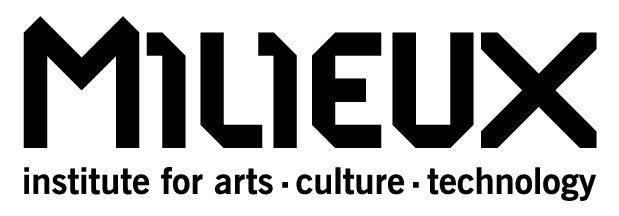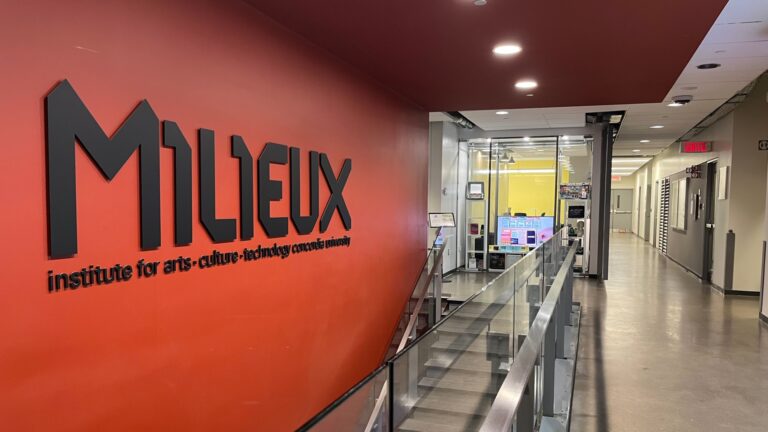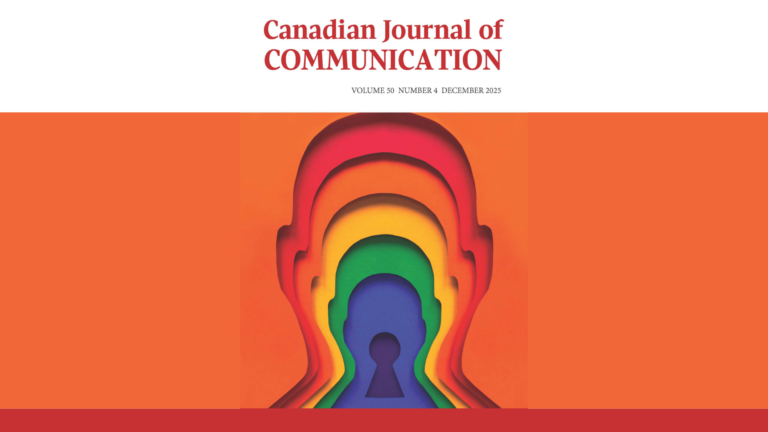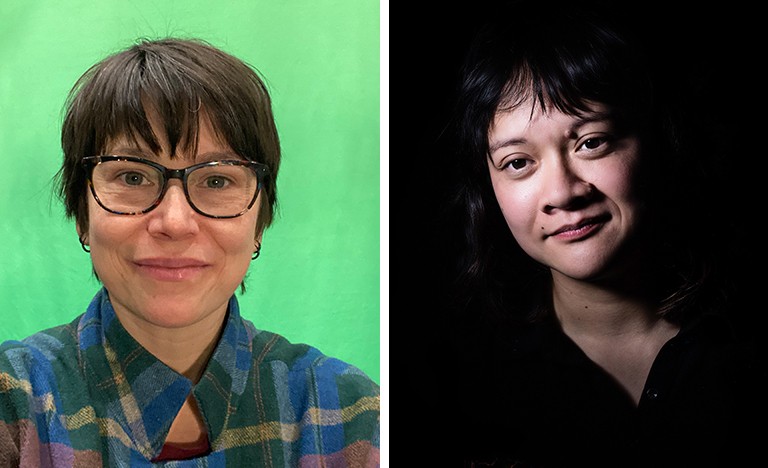Milieux is submitting to the wreckage.
The freshly renovated Milieux Commons is littered with debris: shells, driftwood and circuitry boards; gelatinous creatures dotted with googly eyes; the sounds of stern robots and children’s stories ricocheting off the walls.
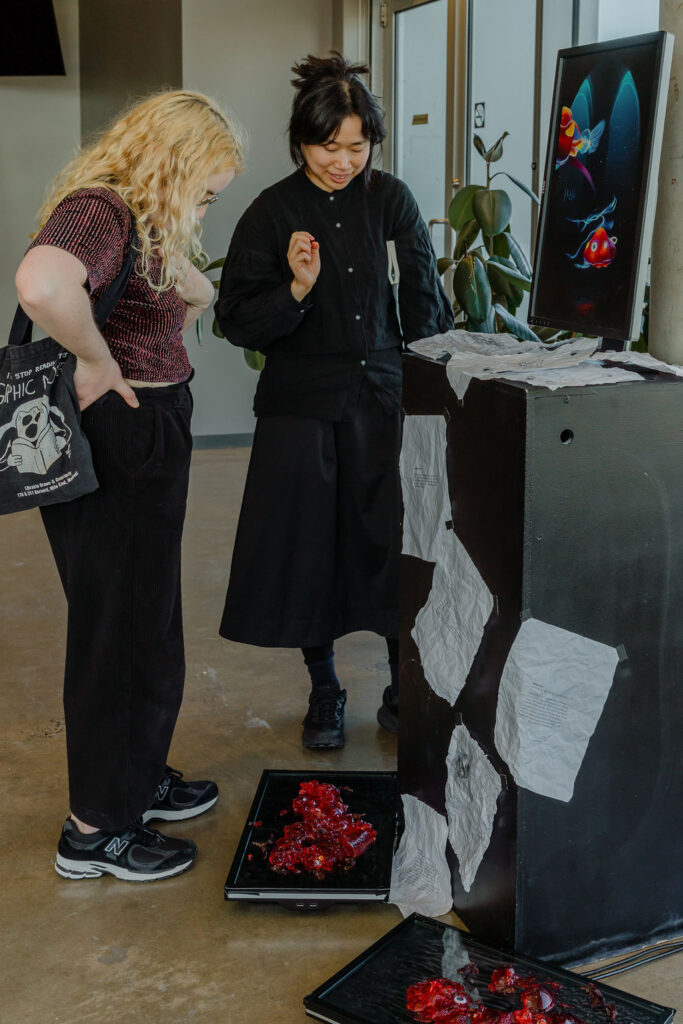
These are the initial stages of Shipwreck, a residency led by UKAI Projects. Guided by the concept of “culture for what’s coming,” UKAI is a non-profit that stages cultural works to probe the questions and problems of a world under transformation.
The UKAI residency at Milieux is the second iteration of Shipwreck, a project which invites artists and Milieux community members to make a home amidst the ruins.
Those ruins have been brought into the space by UKAI’s Jerrold McGrath, Luisa Ji and Kasra Goodarznezhad. Using only what they could fit in a suitcase, they have turned Milieux into a host for remnants of disaster.
That intervention is the first part of a multi-phase residency. More interlocutors will be invited into the aftermath: first, three Montreal-based artists, Meghan Moe Beitiks, Eija Loponen-Stephenson and Gabriel Junqueira, and then Milieux members and the broader public, culminating in an exhibition on April 11-12.
For now, though, Milieux still looks like itself.
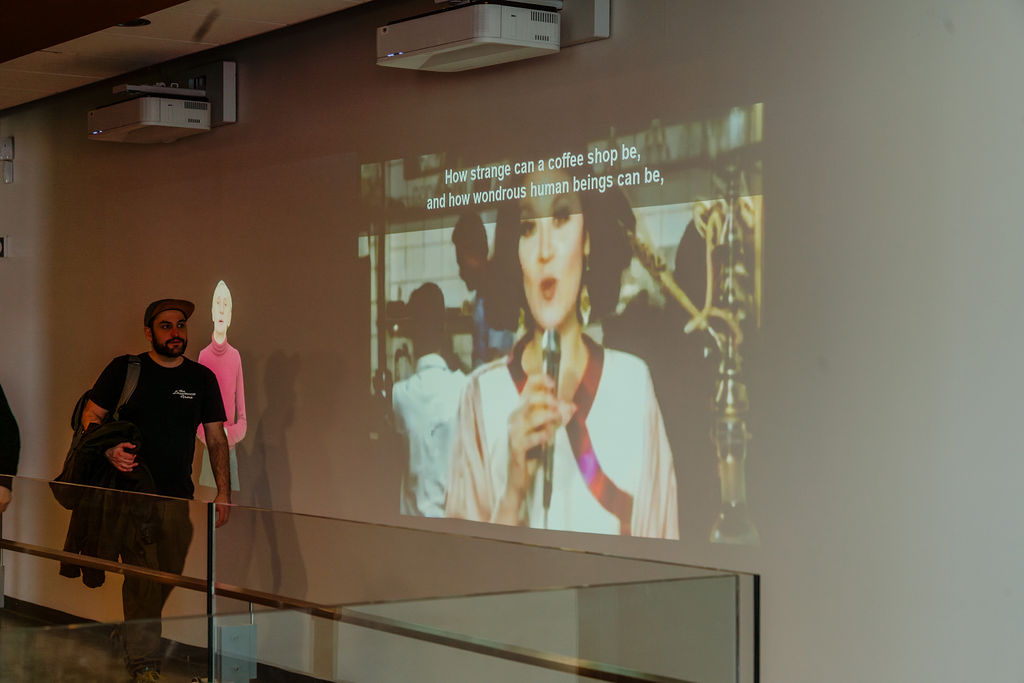
At an initial walk-through of the shipwrecked space on Friday, April 4, McGrath indicates the various works that the UKAI trio have set up around the landscape.
In one room, an AI avatar looks out from a Zoom call on the wall, serenely anticipating questions posed by participants. The UKAI group has hacked into Concordia’s official Zoom account. This avatar is conducting university business.
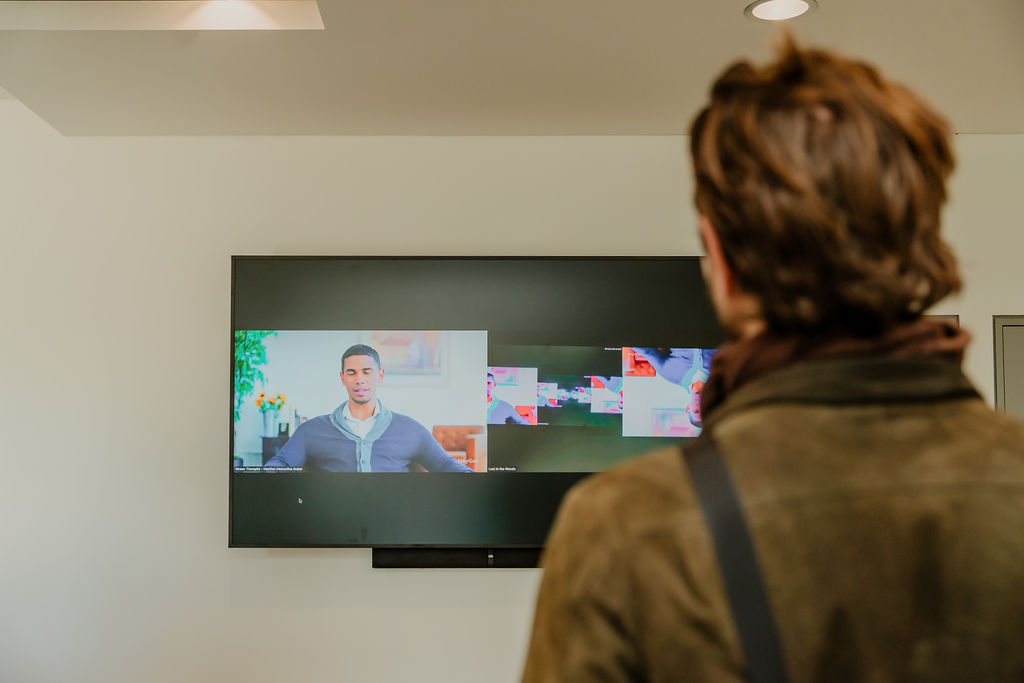
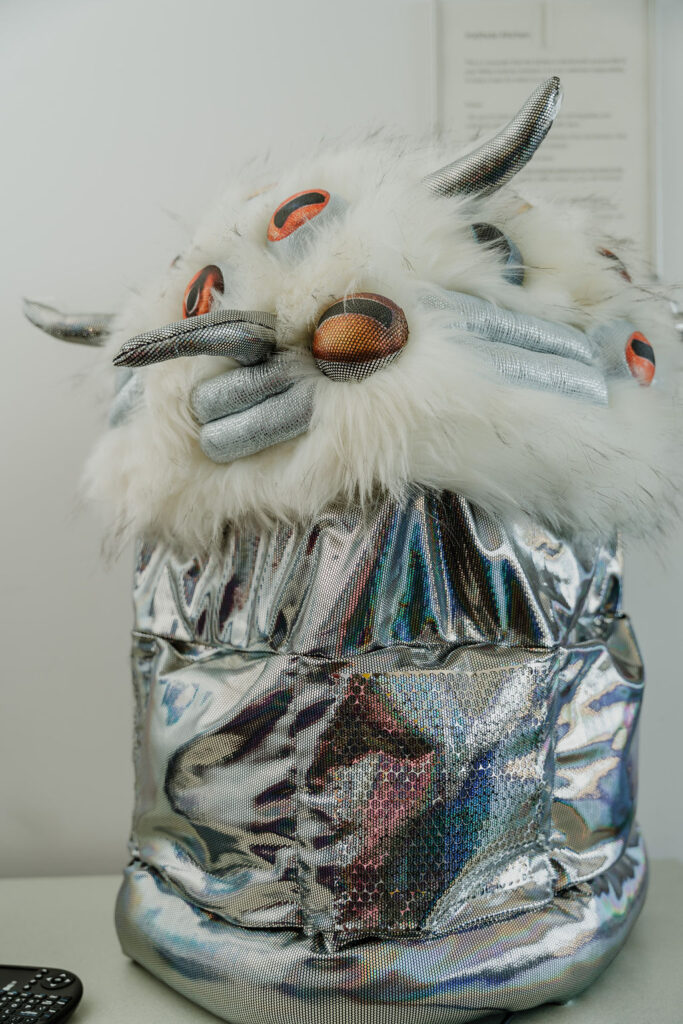
Posed outside the kitchen is an eco-fascist robot, who bears a passing resemblance to R2D2. The robot spouts ominous instructions, sounds that fight for dominance over McGrath’s guided tour. “Repent earthly destruction, restore cosmic order!”
Around the corner by the window are Ji’s disassembled creatures, who have washed up on the imagined shore. An attendee asks if the jelly entities are edible. “Technically,” Ji replies.
By the stairs, another AI avatar gazes out, this one telling stories for lost children, with a voice trained on goat noises. Nearby, the Milieux display screen is glitching out, taken over by Goodarznezhad to auction off objects he found within the Milieux site.
These interventions are eclectic and amusing, fertile ground for questions about life amidst collapsing ecologies and emerging technologies. But at this stage, they feel disconnected from each other. They appear as interlopers, oddities amidst the university setting.
Over the coming days, though, the local artists will put their own spin on the layout, before Milieux community members are invited in. McGrath’s vision is that by the end, the lines between individual works will be indistinguishable.
“We’re hopeful by the 11th that this will be a chaos of work,”
UKAI is interested in “the process by which we assign ourselves to the changes that are underway.” To that end, shipwreck is a verb here — an action that entails creativity, innovation, and meaning-making.
That action also bumps up against the institutional norms of the university: how much can be up-ended from inside a space like Milieux?
McGrath points out that post-secondary environments tend towards long-term projects allowing researchers to produce their best, most-actualized work. The Shipwreck residency, though, is quick and dirty.
“I’m curious what happens when people don’t have the time or the tools to maybe realize what they’re trying to do fully,” he says, “but they still have to make a commitment.”
“You have to work with what’s available.”
Shipwreck continues this week.
On April 9 and 10, Milieux community members are invited to contribute to the residency, with a pizza lunch on April 9 from 12-2.
From April 11 to 12, the exhibit will be open to the public, with an opening reception Friday, April 11, 5-7.
– Rosie Long Decter, Milieux Storyteller
